The difference between the taste characteristics of hand-brewed coffee and freshly brewed coffee which tastes better, hand-brewed coffee or coffee maker
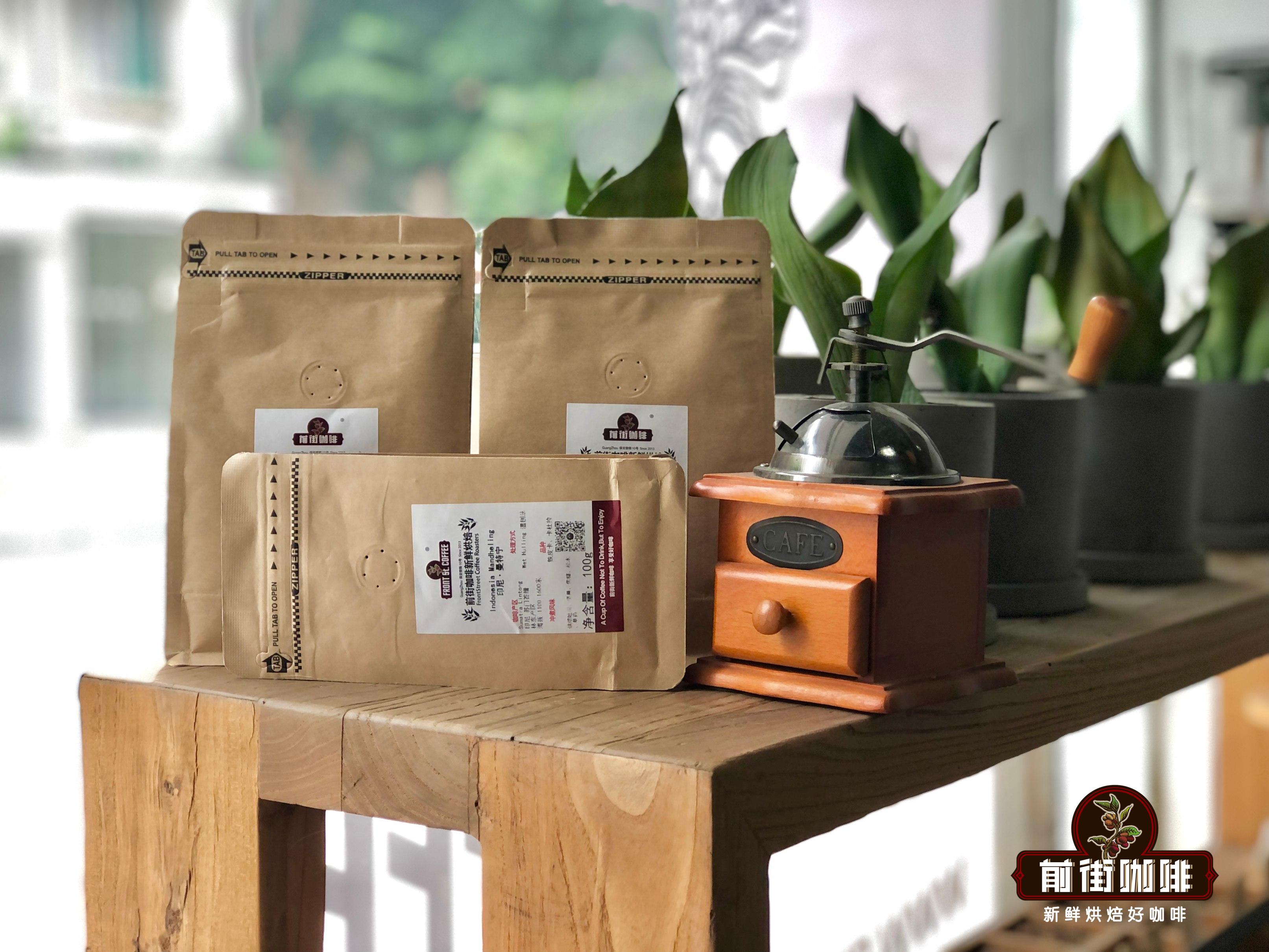
In the past, when talking about black coffee, many friends' first reaction was Blue Mountain Coffee and American Coffee. When it comes to black coffee in front of millennials, the first thing that comes to mind may be trickling coffee like a chemical experiment, such as hand-brewed coffee and coffee from an American drip filter.
Is hand-brewed coffee really better than a coffee maker? In order to solve this problem, Qianjie conducted a special experiment and found that the water injection mode and temperature of the coffee machine are all set by the factory, so many uncontrollable factors, flavor and taste, are different from those of customized coffee.
The basic knowledge of hand-brewed coffee needs to master the temperature of hand-brewed coffee and the thickness standard of hand-brewed coffee powder. When it comes to making coffee by hand is like doing a chemical experiment, Qianjie thinks there is nothing wrong with such a description. Friends who have been in contact with hand-brewing coffee for a period of time all know that hand-brewing coffee is very particular about water temperature, grinding fineness, time and other factors. If you pay more attention to it, even the number of stages of water injection and the flow rate of water are very important. from this point of view, hand-brewed coffee is really like a mixture of chemical and physical experiments.
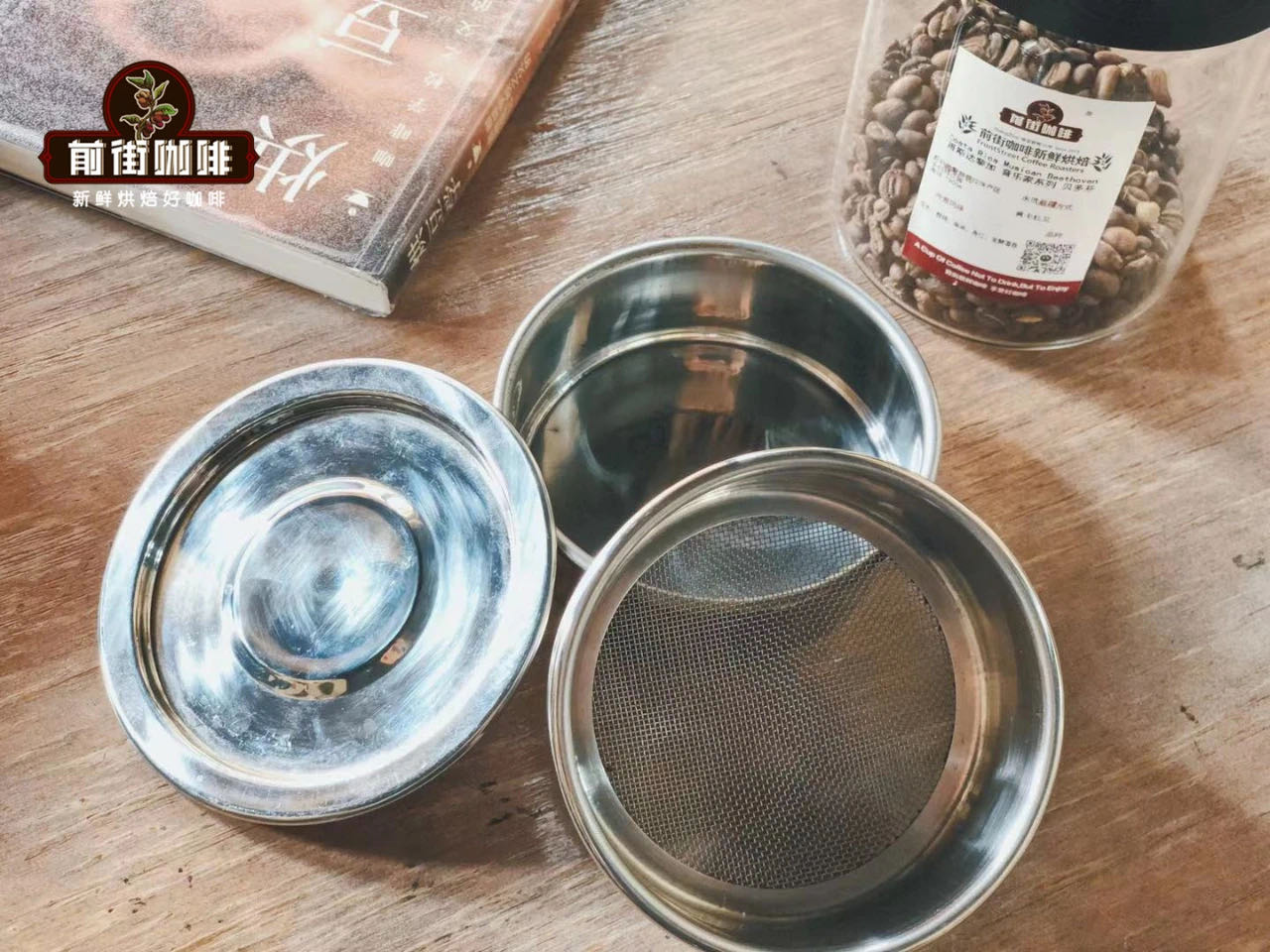
The factors mentioned above, according to different types of beans, will also correspond to different combinations. For example, lightly roasted coffee beans need higher water temperature (93 degrees Celsius) and fine grinding (80% of the pass rate of Chinese standard No. 20 sieve) because of the slow dissolution rate of coffee substances, but at the same time, in order to avoid bitterness caused by excessive extraction due to high water temperature, filter cups with faster flow rates are used (Hario V60 is often used in the front street).
When the roasting degree of coffee beans is medium to deep roasting, because the dissolution rate of substances in coffee beans is relatively fast, lower water temperature (88 degrees Celsius) and thicker grinding (70% of Chinese standard No. 20 sieve pass rate) are used, but in order to get more mellow and smooth coffee and avoid insufficient extraction caused by low water temperature, slower filter cups are used (KONO filter cups are recommended in Qianjie).
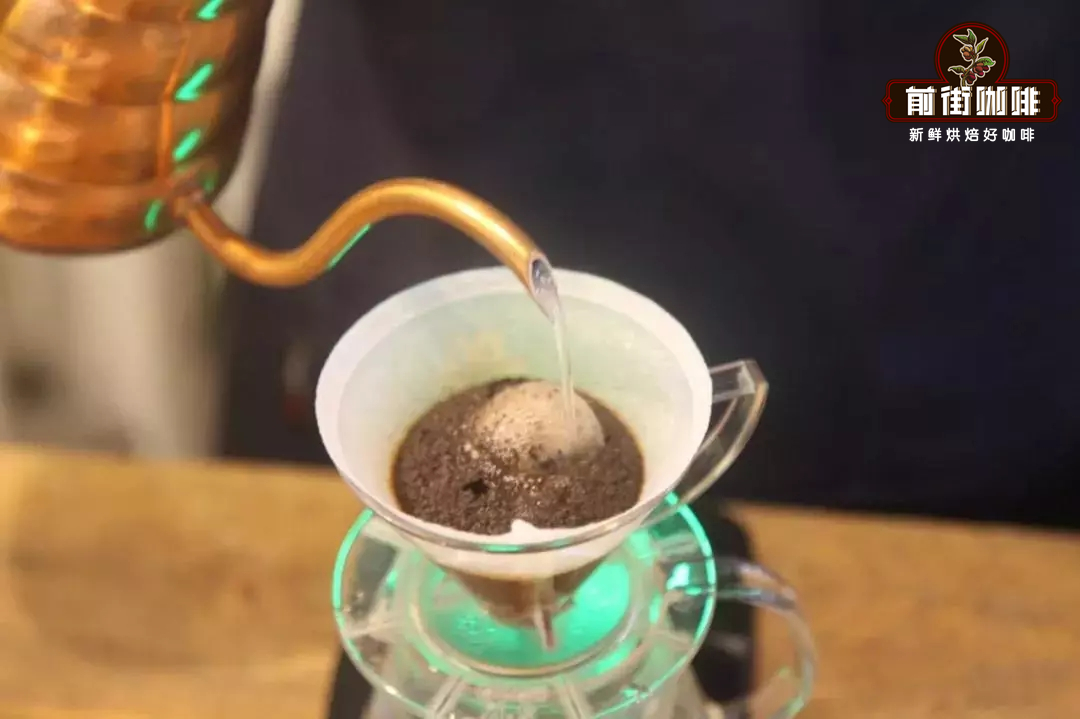
In the way of water injection, Qianjie's previous articles mentioned one-cut flow, three-stage method, four-six method, Rao mixing method and so on. Often read other articles on Qianjie and friends who have been to Qianjie stores know that baristas in Qianjie have been using three-stage water injection to extract coffee powder.
Compared with the three-stage extraction method, the taste will be thicker, the flavor will be clearer and stronger, and on the whole, the flavor will be more complete than the one-knife flow.
Having said so much, the little friend in front of the screen may start itching and want to try it on his own. Don't be impatient for a moment, let Qianjie give you a recommendation of hand-brewed coffee beans, so that you can get practice and find your favorite flavor of the producing area.
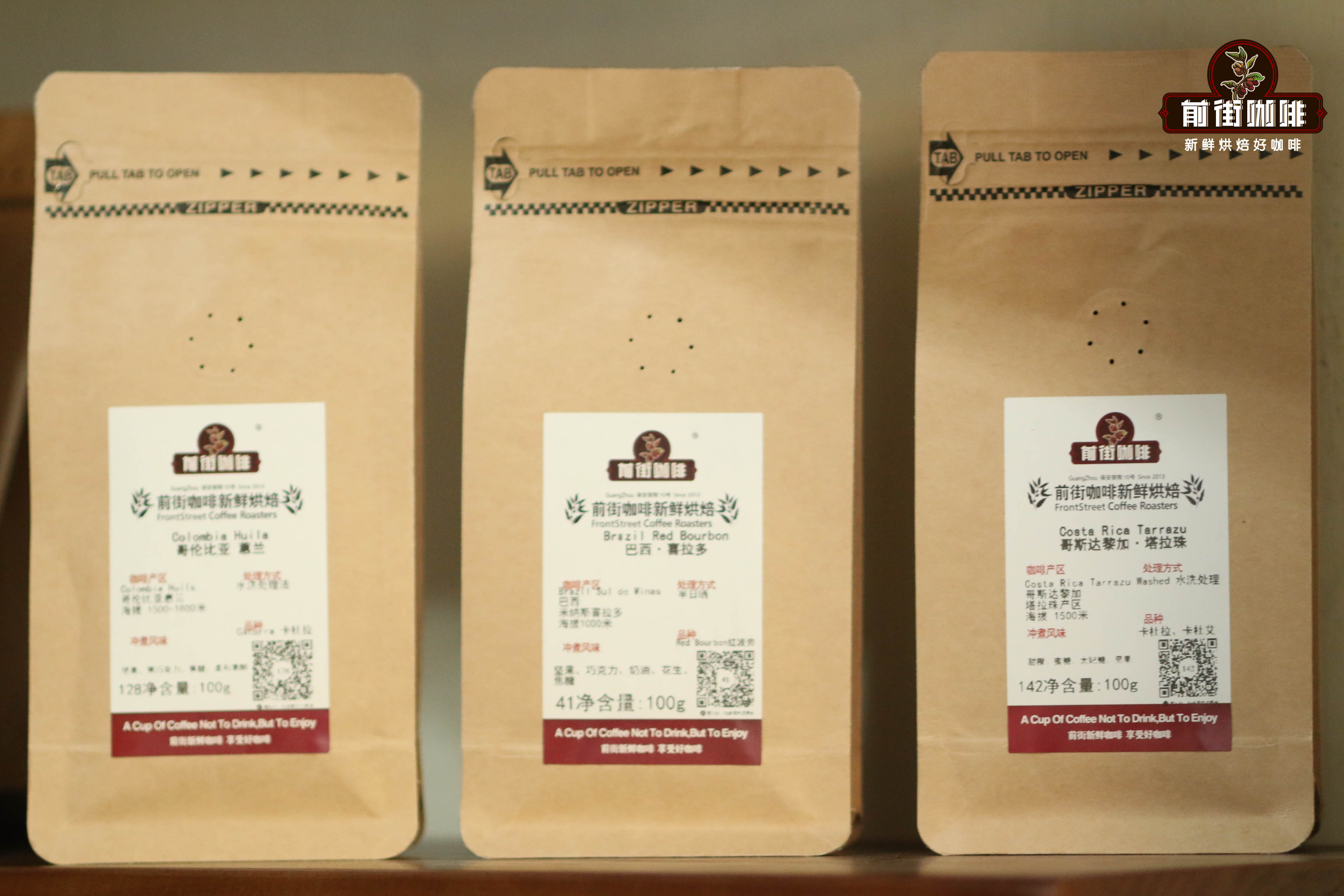
Friends on the bean list of Qianjie Coffee all know that Qianjie Coffee has a series of rations and beans. This series contains many classic coffee producing areas. At the same time, in order to allow everyone to taste the most basic flavor of the producing area, most of these rations beans are treated by washing. Of course, there are some special cases, such as half-sun in Brazil and wet planing in Indonesia, which are determined by the traditional treatment of coffee in the local producing areas. Next, Qianjie will select 5 models for your reference.
[Ethiopia]
Ethiopia is recognized as the birthplace of coffee in the world, which means that there are many varieties of coffee beans produced in Ethiopia, but it may be out of genetic secrecy about the local coffee varieties. therefore, most of the coffee beans exported by Ethiopia are marked with local native species as coffee bean varieties. But this does not hinder friends' love of Ethiopian coffee.
Among the Ethiopian coffee, Coffee Xiaobai is best known for several days of sun-drying Sidamo and water-washed Yega Xuefei. Qianjie has learned that many friends who have just come into contact with hand-brewed coffee have tasted beans from these two producing areas before they come to Qianjie stores. And how could the food rations on the front street miss Ethiopia, the birthplace of coffee? Qianjie chose the washed Yejia Xuefei as the representative of African beans. Washed Yejia Chuefei has a strong white flower flavor, lemon-like acidity, clean and refreshing taste.
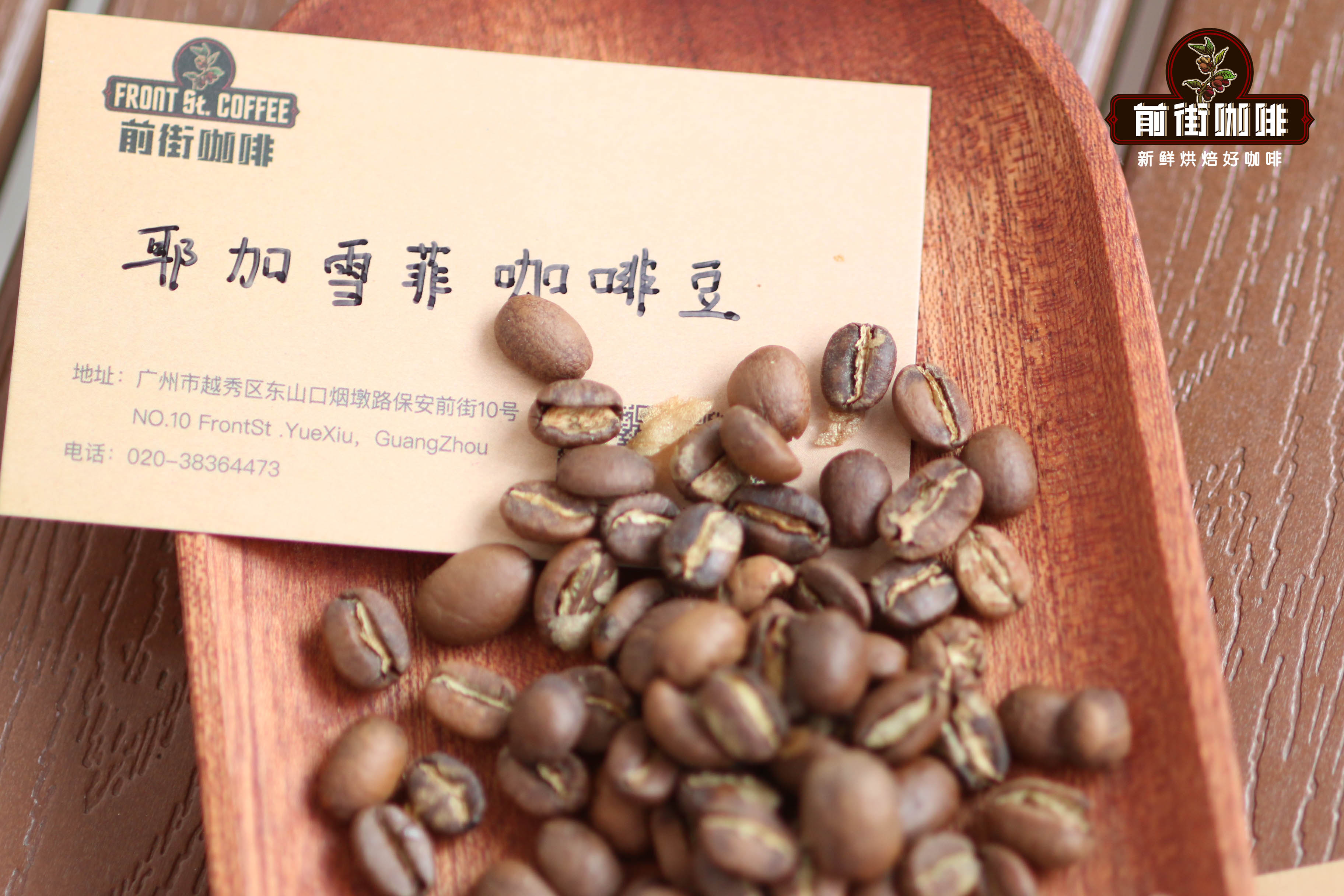
In front of the street, coffee is washed with Yega Xuefei.
Producing area of Yega Xuefei, Ethiopia
Altitude: 1800 m-2000 m
Variety: native species
Treatment method: washing treatment
Cooking flavor: Jasmine, berry, lemon, citrus
[Indonesia]
Sumatra Island in Indonesia is rich in coffee beans. Due to frequent rain and short sun exposure, coffee beans are mostly treated with water, but at the same time, due to limited local economic conditions, there are not enough funds for a complete washing process of coffee beans, so a kind of semi-washing treatment with local characteristics-wet planing method is derived.
What is special about the wet planing method is that before the second stage of drying, the parchment outside the raw coffee beans is removed and the raw coffee beans are directly exposed to the air for drying. The coffee treated by wet planing has a strong flavor, and even has the aroma of spices and herbs, and the taste will obviously become sticky and smooth.
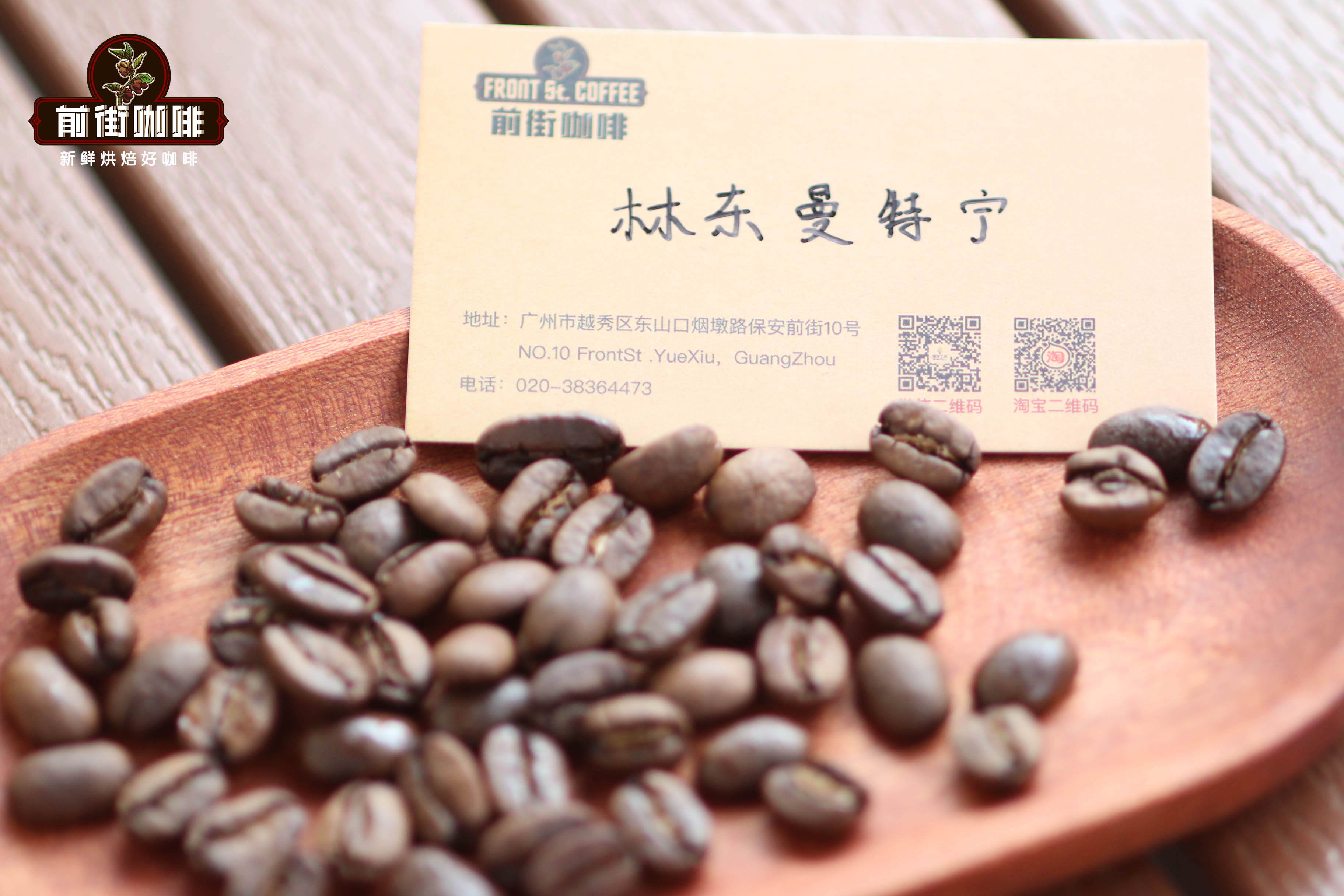
Qianjie Coffee Manning, Indonesia
Producing area: Lindong producing area of Sumatra, Indonesia
Altitude: 1100 m-1600 m
Varieties: Tim Tim, Ateng
Treatment method: wet planing method
Cooking flavor: baked toast, nuts, caramel, pine, herbs
[Brazil]
The current street learned that if the friends do not like the sour taste of African beans, do not like the bitter taste of Mantenin, the baristas in front of the street will sacrifice Brazilian coffee beans. Brazilian coffee varieties were bourbon varieties at the end of the 19th century, and bourbon varieties were more obvious in sweetness. In addition, the cultivation of Brazilian coffee is mostly sun-exposed, and the coffee fruit ripens rapidly in a relatively short period of time, resulting in weak sour taste, supple taste and overall balance.
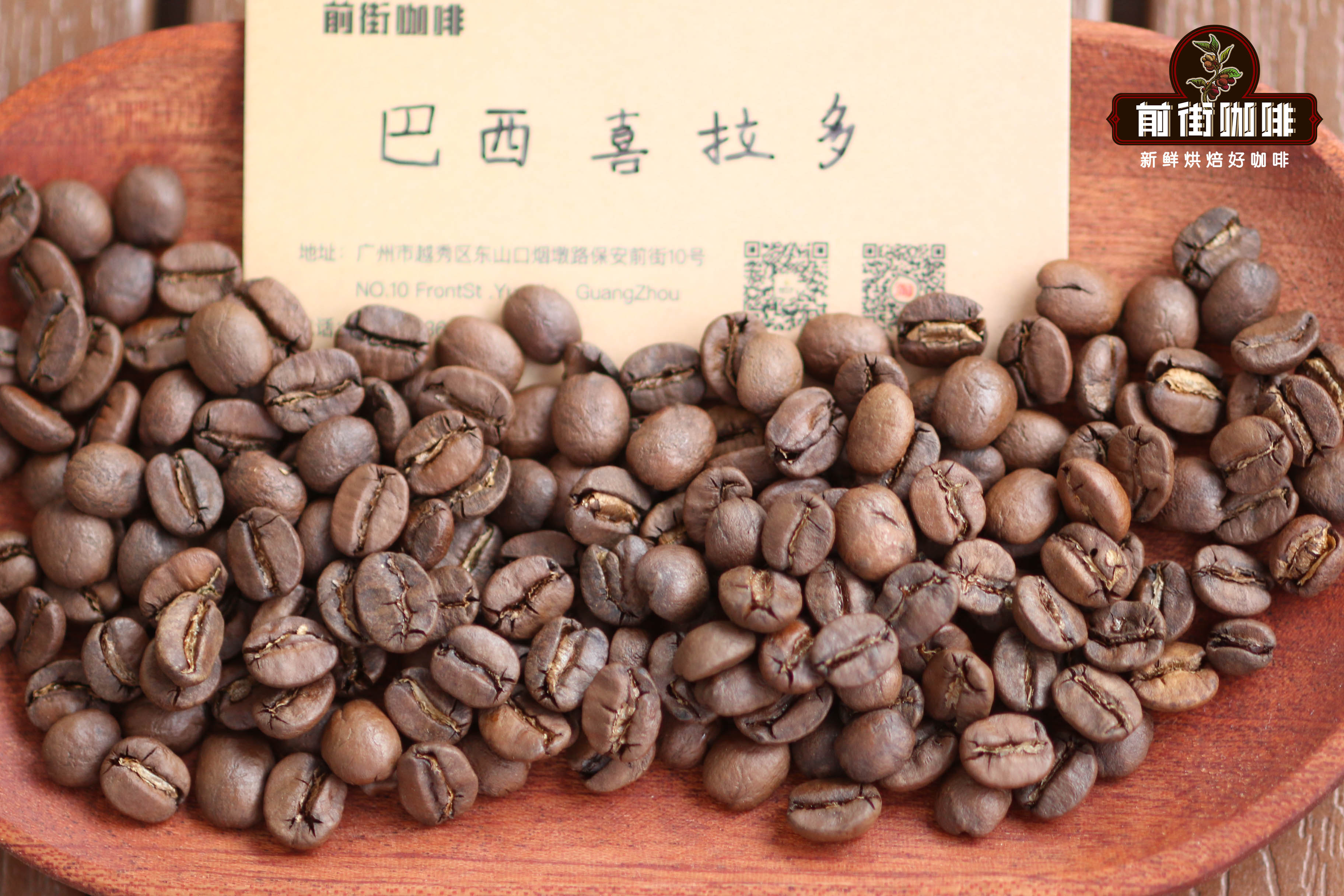
Qianjie Coffee Brazil Red bourbon
Producing area: Syrador, Minas Gerais, Brazil
Altitude: 1000 m
Variety: red bourbon
Treatment: half-sun
Cooking flavor: peanut, cream, nut, chocolate, caramel
[China]
In recent years, more and more attention has been paid to China's coffee industry, and Yunnan Province, which is suitable for growing Arabica coffee varieties in China, has attracted more and more attention. Yunnan small grain coffee was originally a variety of iron pickup, but due to the arrival of some international coffee brands, Katim varieties mixed with Robusta gene were vigorously promoted for yield rather than flavor. With the improvement of planting management and post-treatment of raw beans in recent years, the flavor of Yunnan coffee has made a qualitative leap.
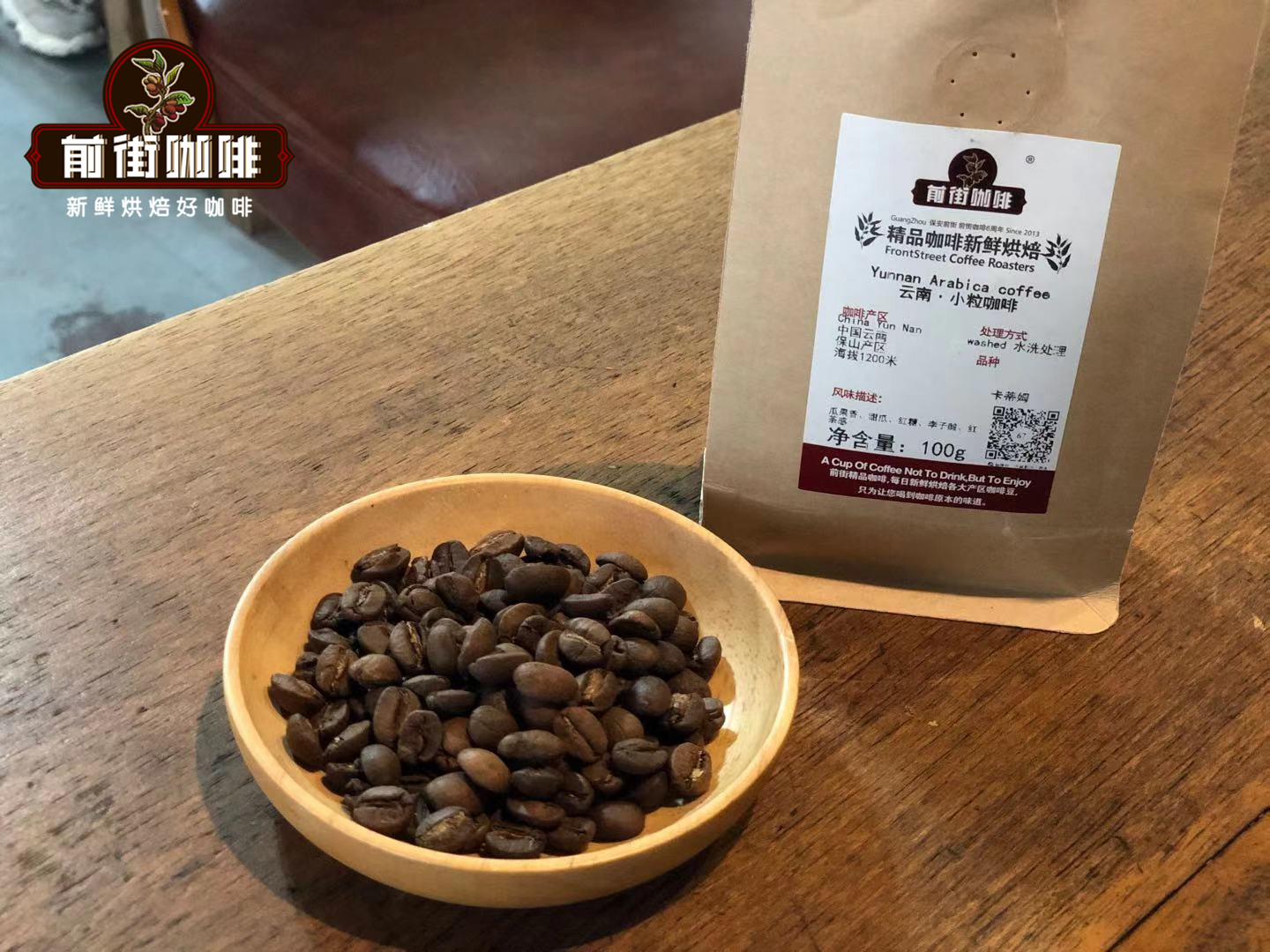
Qianjie coffee Yunnan small grain coffee
Producing area: Baoshan producing area, Yunnan, China
Altitude: 1200 m
Variety: Katim
Treatment method: washing treatment method
Cooking flavor: melon, melon, brown sugar, plum, black tea feeling
[Guatemala]
Guatemalan coffee may give some friends the impression of uncle, that is because Guatemalan coffee has a smoky taste. In the Qianjie coffee rations bean series, the Vivette south fruit producing area is selected to represent Guatemala, which is surrounded by three volcanoes, providing an inexhaustible source of mineral resources to the soil here. In addition, the planting altitude here is high, and the temperature difference between day and night is large. Make the coffee here fruity.
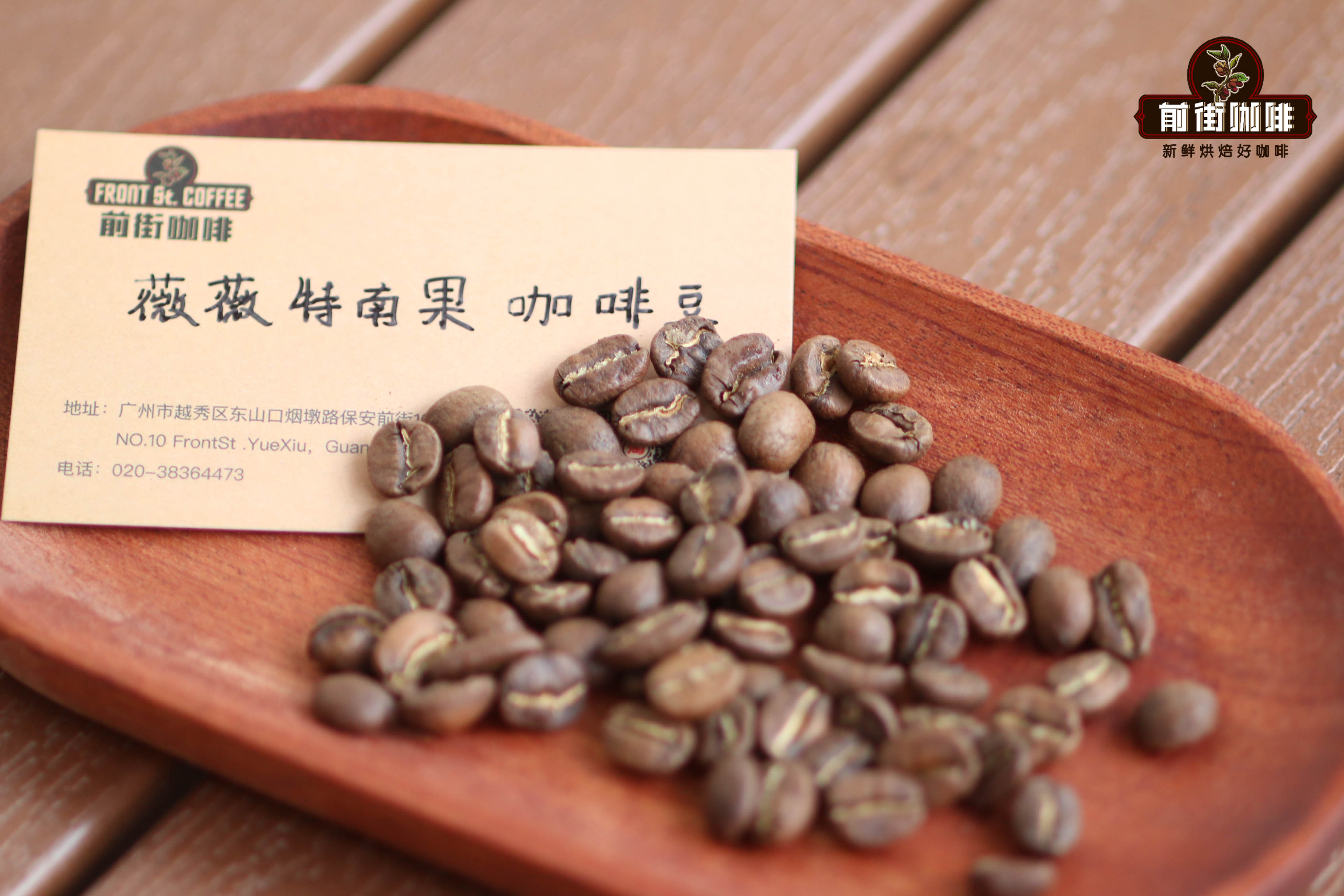
Qianjie Coffee Guatemala Vivette Nanguo
Producing area: Guatemala Vivette South Fruit producing area
Altitude: 1500 m-2000 m
Varieties: bourbon, Kaddura, Kaduai
Treatment method: washing treatment method
Cooking flavor: nuts, lemon peel, berries, citrus
For more information about coffee beans, please follow the coffee workshop (Wechat official account cafe_style) and exchange professional coffee knowledge. Please add Wechat account kaixinguoguo0925.
Important Notice :
前街咖啡 FrontStreet Coffee has moved to new addredd:
FrontStreet Coffee Address: 315,Donghua East Road,GuangZhou
Tel:020 38364473
- Prev
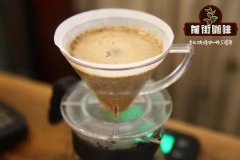
The difference between a coffee maker and a coffee maker: which is better and what is hand coffee?
Professional coffee knowledge exchange more coffee bean information Please follow the coffee workshop (Wechat official account cafe_style) espresso: various, rich espresso is brewed by injecting water close to boiling point into the coffee grounds under high pressure (8-10 bars). Such a lot of pressure cannot be created by hands alone. Pressure causes water to quickly extract sugar and oil from coffee grounds.
- Next
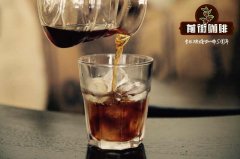
Honduran coffee bean varieties characteristics of Honduran coffee bean guaimaca
Professional coffee knowledge exchange more information about coffee beans Please follow the coffee workshop (Wechat official account cafe_style) what makes Honduran coffee different? To learn more about this issue, I decided to talk to Sasa Sestic, the founder of Project Origin s Best of Honduras, Late Harvest Auction. I also interviewed from Santa Barbara.
Related
- Beginners will see the "Coffee pull flower" guide!
- What is the difference between ice blog purified milk and ordinary milk coffee?
- Why is the Philippines the largest producer of crops in Liberia?
- For coffee extraction, should the fine powder be retained?
- How does extracted espresso fill pressed powder? How much strength does it take to press the powder?
- How to make jasmine cold extract coffee? Is the jasmine + latte good?
- Will this little toy really make the coffee taste better? How does Lily Drip affect coffee extraction?
- Will the action of slapping the filter cup also affect coffee extraction?
- What's the difference between powder-to-water ratio and powder-to-liquid ratio?
- What is the Ethiopian local species? What does it have to do with Heirloom native species?

